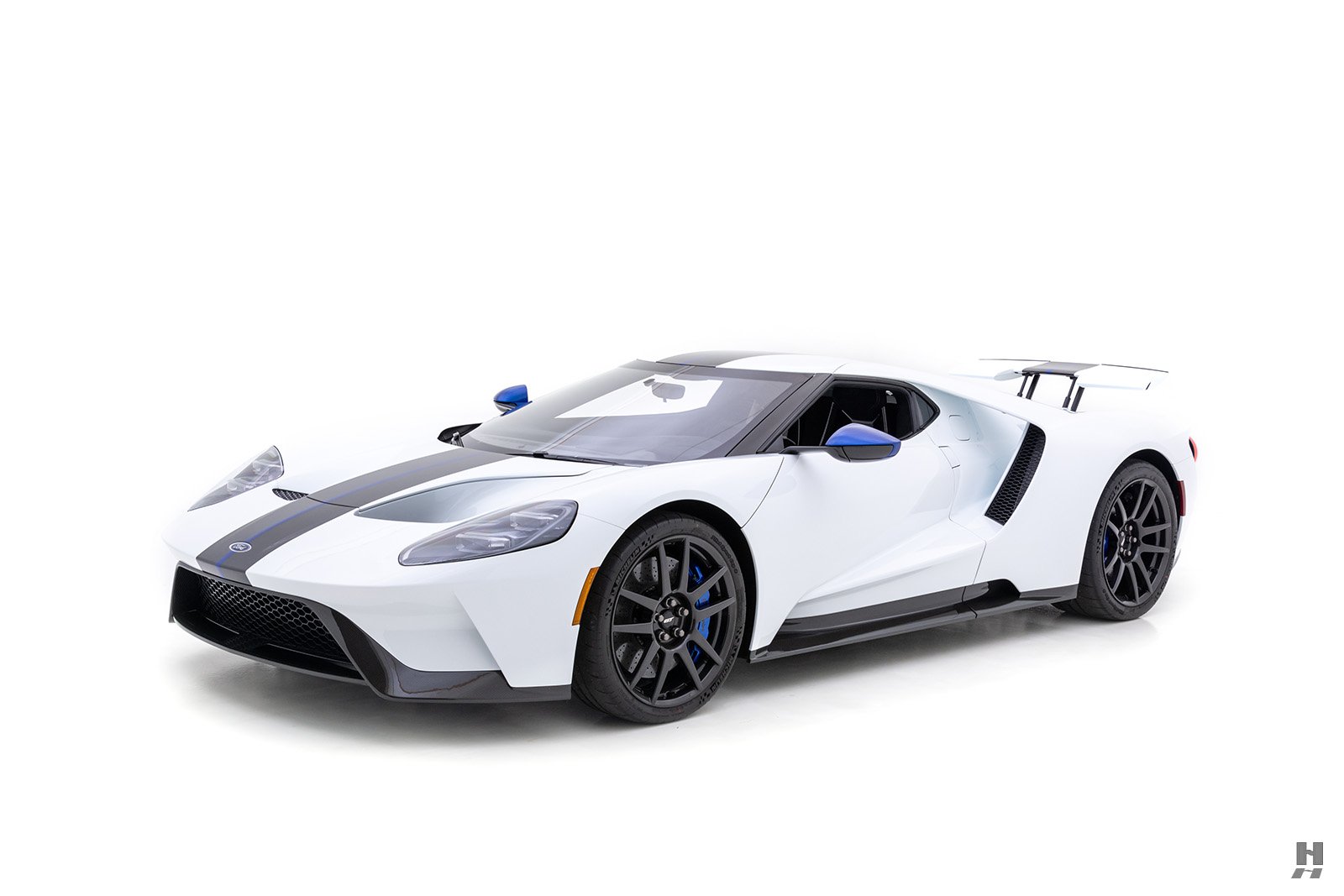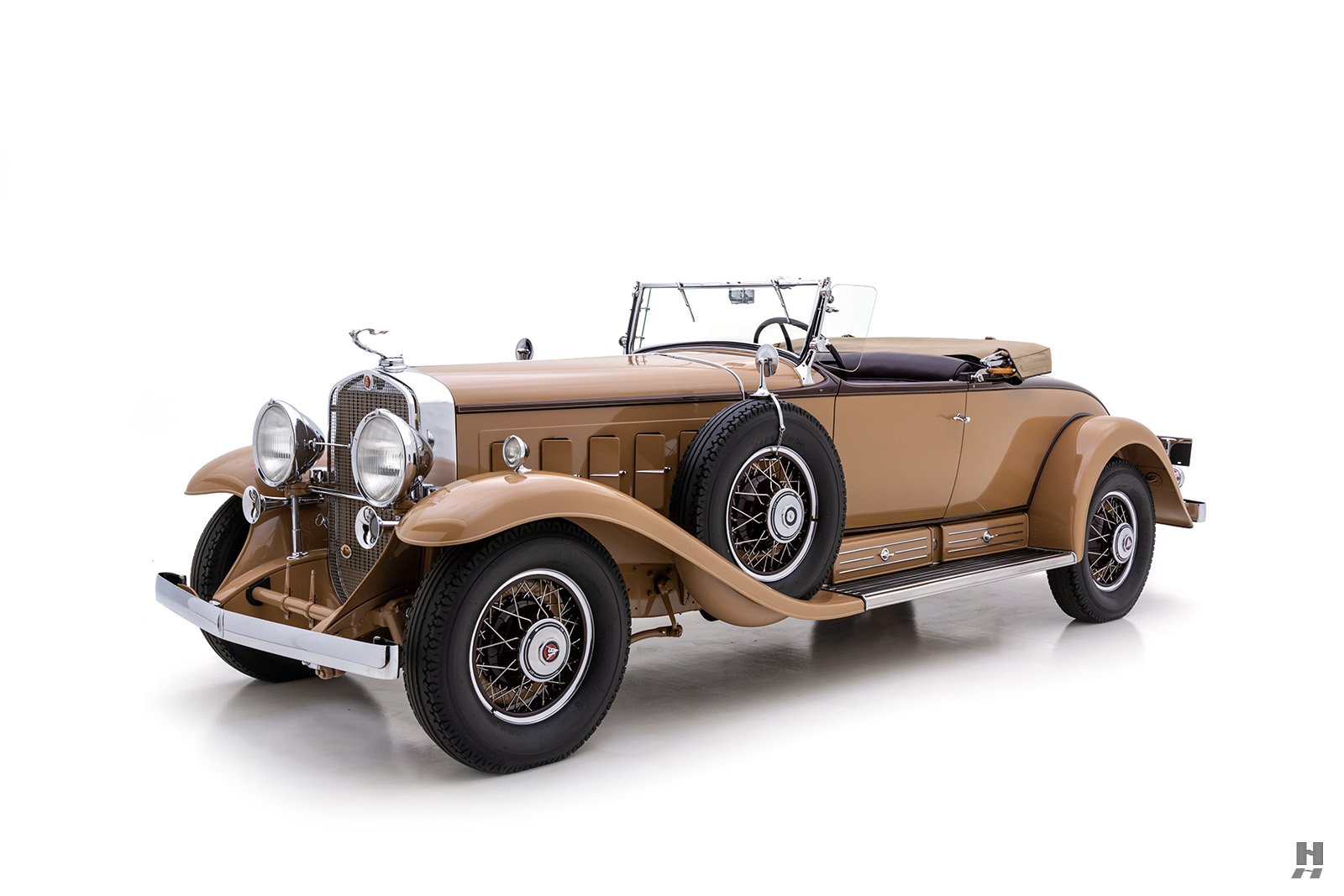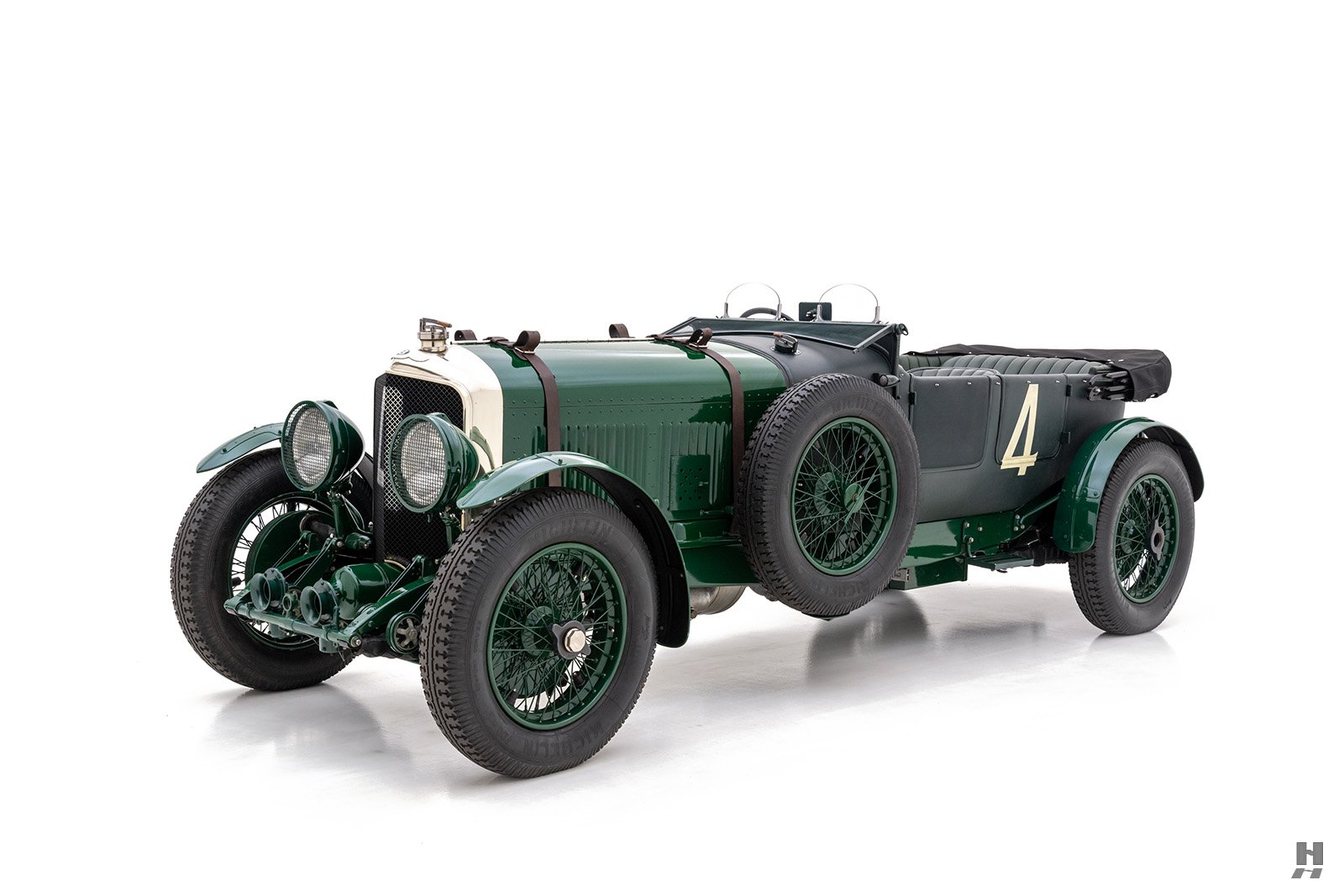It is safe to say that most hardcore automotive enthusiasts share a common fantasy of one day building their own car. From our formative years doodling in the margins of our homework to time spent with friends talking cars, engines, and motorbikes over a few pints, petrolheads are forever dreaming about what makes the perfect automobile. Of course, most of these fantasies never amount to more than occasional daydreams or some scribbles on a bar napkin. But there have been a few instances in motoring history where passionate enthusiasts had the know-how and resources to create the car of their dreams.
In the late 1960s, father and son duo William B. Ruger Sr. and Jr. joined the ranks of the lucky few enthusiasts who made their vision of an ideal sporting car a reality. Conveniently, they had the means and access to talented engineers and a world-class manufacturing facility. Ruger Sr. was the co-founder of the prestigious Sturm, Ruger & Co. firearms business, and Ruger Jr. followed closely in his father’s footsteps, displaying a particular talent for engineering and design. The duo were passionate collectors, both with a particular affinity for the W.O. era Bentleys of the 1920s. The pair created a clean-sheet design that would capture the style, spirit, and essence of the great European sports touring cars of the late 1920s while utilizing reliable, readily available, and easily serviced components.
Elemental to the project was a bespoke box-section frame with a cruciform bracing for rigidity. To assist with the design of the chassis, the Rugers hired Erwin Weiss, the former chief of chassis and suspension engineering at Packard. To the frame was attached a Salisbury/Dana limited-slip rear axle with parallel link trailing arms. At first, Weiss and his team proposed an independent front suspension setup, and while William Ruger Sr. recognized the merit in the design, his heart didn’t think it fit the 30’s-inspired theme. So the engineers returned to the drawing board and created a forged I-beam front axle for the period-correct look, adding reaction rods and four-link stabilizers to ensure safe, secure handling and reduce bump-steer that commonly afflicted solid-axle cars of the 30s. Disc brakes would have suited the performance, but again, the look was not right to the Rugers, so they selected finned aluminum drums sourced from the Buick Riviera. Of course, nothing other than big wire wheels would give the right appearance, and the Rugers turned to Borrani to supply the bolt-on 18-inch wires. Power came from one of the greatest V8 engines of the 60s – Ford’s mighty 427, making 425 horsepower on dual 4-bbl carburetors and backed by a four-speed manual gearbox. The robust chassis then received an evocative body built of reinforced fiberglass with bonded vinyl material, paying homage to the Weymann-style Vanden Plas body on the Ruger’s Bentley. Period articles mention the legendary designer Tom Hibbard (of LeBaron, Hibbard & Darrin, and other prestigious coachbuilders) played a role designing bodies for Ruger, lending the project serious credibility.
It is essential to distinguish that this was no backyard project or style-over-substance 1970s “neo-classic,” but rather, a significant engineering endeavor with no expense spared to ready the car for production. The Rugers spent the equivalent of nearly one million dollars on research and development and set up shop in their state of the art manufacturing facility in Southport, Connecticut. Despite the effort put forth, only two running prototypes were built before the project was shelved due to supply issues.
As a testament to the inherent quality of the Ruger Sports Tourer, both prototypes survive in unrestored condition, and this is the only one available outside of the Ruger family. From the time it was built, this car was owned and cherished by William B. Ruger Jr. until his passing in 2018. In that time, Bill Jr. put more than 14,000 miles on the Sports Tourer, many of which came from touring around the family homes in New Hampshire and Bar Harbor, Maine. In all those years, the car remains beautifully preserved in totally original condition. The yellow and green paint scheme betrays the Ruger’s 1970s roots, but the colors suit the character of the car quite nicely. The paint has survived remarkably well, with an appropriately light and even patina to the finish. The body is in excellent condition with evocative detailing such as the outside handbrake, large chrome radiator shell with mesh stone guard, and a classic, Vanden Plas-style three-door arrangement. Speaking of the doors, they are built in of cast aluminum, and they open and close with impressive precision, reflective of the integrity of the design and the spirit the Rugers wanted to impart in their car.
The marvelous original interior boasts room for four passengers on green antique-effect upholstery. A wood panel dash houses an array of Smiths instruments, which give the nod to the car’s British inspiration and maintain the pleasing, period-correct look. When Motor Trend magazine drove the Ruger for their October 1970 issue, they praised the lofty driving position and the sense of exceptional quality from the steering and controls. They also relished in the vast reserves of torque from the Ford 427 and incredible ease at which the Ruger Sports Tourer devoured miles of asphalt. It was apparent then as it is now, the Ruger is an automobile built to a purpose.
The 1969 Ruger factory brochure sums up the spirit of the project best by saying, “The Ruger Car is designed as a machine for travel which completely transcends the vagaries of fashion: it is a permanent possession, like a good shotgun, a fine saddle or a handmade fly rod.” With that in mind, the sale presents a one-off opportunity to acquire an evocative touring car that would be a thrill to enjoy on events like the Copperstate 1000 rally. Its remarkable condition also makes it suitable for concours preservation classes, and would certainly be a most welcome entry into any number of prestigious events. The Ruger Sports Tourer serves as a rolling tribute to one of the great American engineering families of the twentieth century, whose unbridled, lifelong passion for the automobile culminated in the creation of this beautifully constructed and historically intriguing motorcar.
Offers welcome and trades considered
Sorry this car has been sold. Are you looking to buy or sell a car like this? Contact a representative
For immediate assistance please call us at +1-314-524-6000 or please fill out the following form and a member of our team will contact you.









































